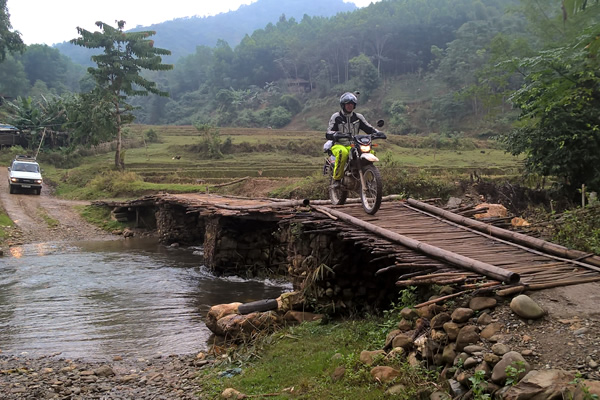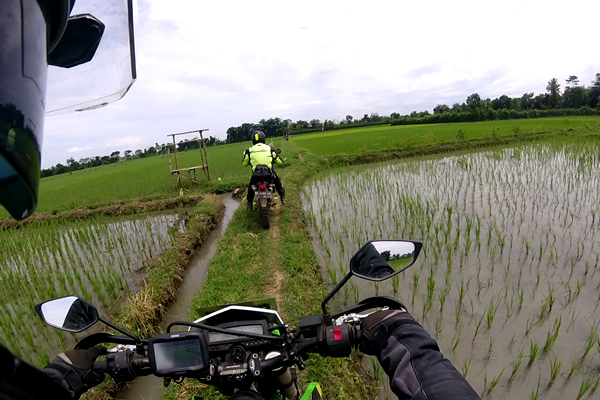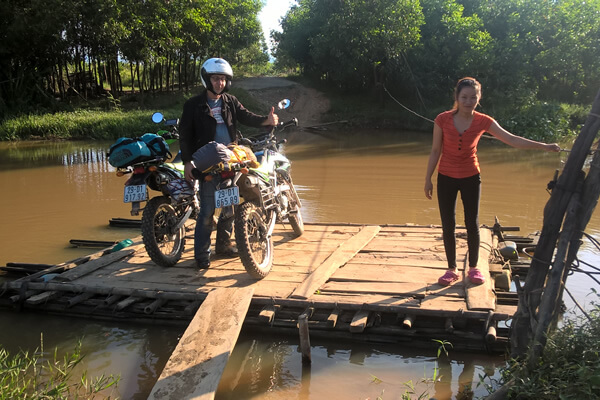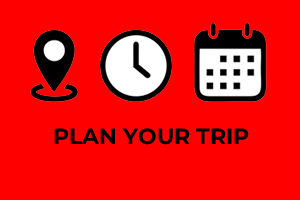Safety on tour
Adventurous motorcycle trips without any risk do not exist. Even the most experienced and skillful motorcyclist falls sometimes, or just manages to prevent an accident. The causes are many and varied, and fortunately the damage is usually limited. Unfortunately, more serious accidents can also occur. We want to prevent this in as much as it is possible.
How does Motor Trails promote the safety of its motorcycle trips?
In the first place, we do everything we can to prevent accidents (1); further to this, by being prepared, we endeavor to limit the damage as far as possible in the event of accidents happening (2).
(1) To prevent accidents:
Advice to participants before the trip:
- make an estimate of the difficulty of the trip and consider whether your fitness and riding skills are sufficient to participate on the trip with a safe feeling;
- if you have little or no off-road experience, follow an off-road training;
- wear appropriate protective clothing; remember, however, that this clothing cannot really protect, but only helps to limit any personal injury;
- take out travel insurance, inform yourself of the insurance conditions and ensure that evacuation is covered for emergencies;
- if you wear contact lenses, bring a both a pair of prescription glasses and prescription sunglasses as well;
- wear a protective helmet, preferably an integral helmet with visor.
During the trip, the tour guide:
- keeps an eye on everyone as much as possible and offers instructions as necessary;
- elects a end rider for each day;
- avoids driving in the dark;
- off road routes are discussed the day before or before departure on the day itself and the difficulty of the route is outlined by the tour guide as clearly as possible. Based on this information, the participant can decide to ride the route or else to travel in the support vehicle during this route.
What you can do yourself during the trip:
- check the motorcycle: are lights, tyres, brakes, mirrors working well?
- adapt your riding style to the country where you are riding; adjust your speed; keep a distance between each other, not too close together;
- take good care of yourself; drink plenty of water, take regular breaks (indicate when you become tired); sleep enough and do not drink so much alcohol at night that it might affect your driving skills the next day;
- watch out for treacherous road conditions: road surface sand / gravel / mud / washboard road surfaces; dust / rain / fog; unlit tunnels; other traffic, driving on the left; animals / children crossing the road etc;
- wait for each other at difficult obstacles, to help each other (and to take photographs of course).
Experience shows that one’s riding skills can improve by leaps and bounds during the trip, in particular by sharing your experiences and giving each other advice/tips along the way and on arrival at the daily destination.
(2) To limit the consequences of an accident:
The tour guide:
- has followed a first aid course tailored to our trips and has received a certificate for this;
- has followed a resuscitation course and has received a certificate for this;
- has knowledge of local amenities;
- is in possession of the insurance details, contact details of the emergency services and contact details of next of kin for each participant;
- is familiar with the procedures to be followed by the emergency services;.
- has access to an extensive first aid kit in the support vehicle;
- is in possession of a satellite telephone in remote areas without a mobile network;
- carries oxygen cartridges during trips at high altitude.
All Motor Trails tour guides meet every year to discuss experiences concerning safety on the road. Based on this discussion, new guidelines are drawn up which can improve safety on the road and the provision of advance information.
Last but not least, you are advised to read the page, Own Risk




